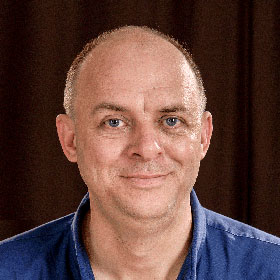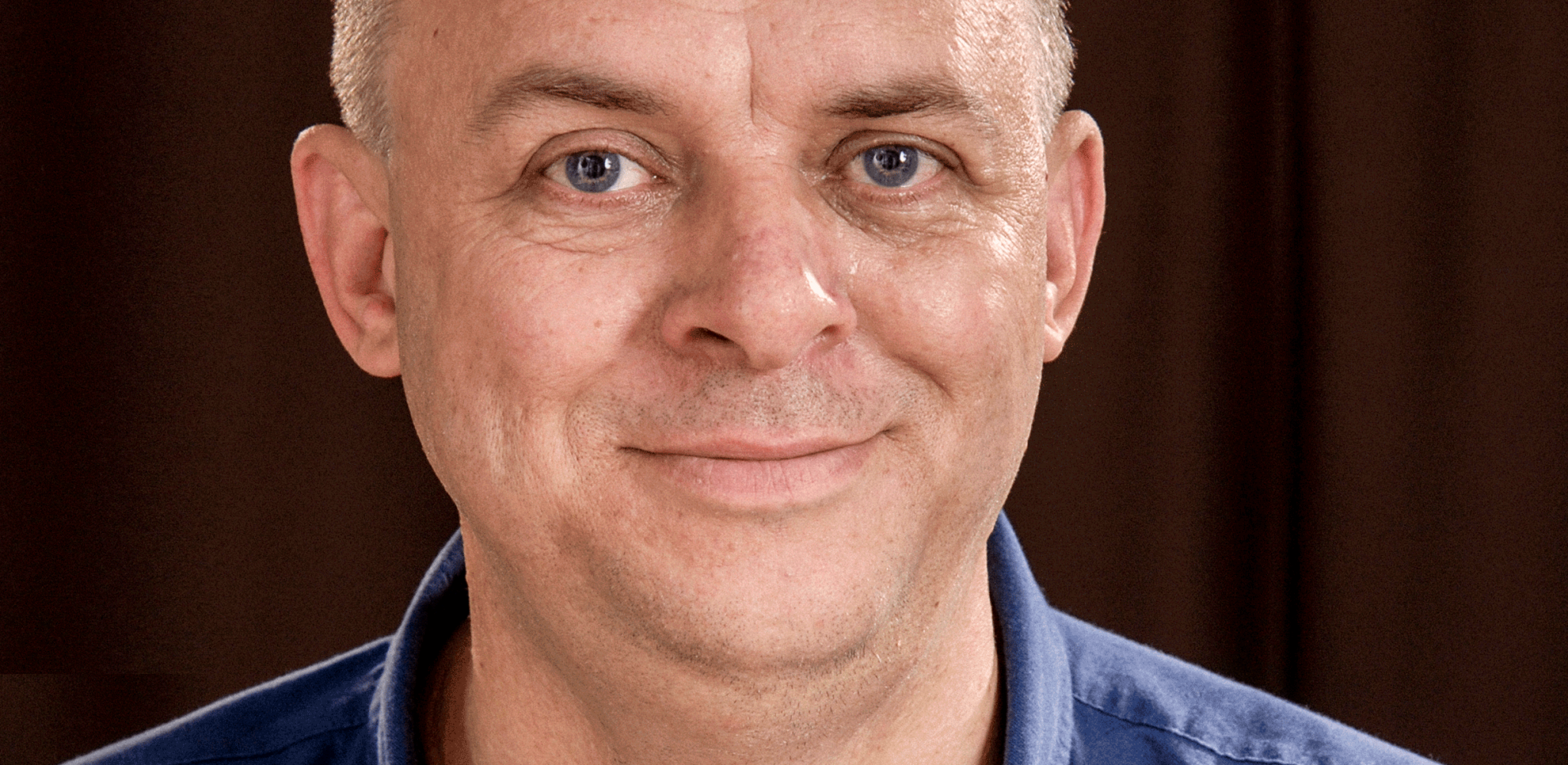At some point the band always breaks up. Although philosopher Ray Brassier was resisting attempts to call the philosophical approaches dubbed ‘speculative realism’ a movement as far back as 2011, it’s hard to miss the fact that the term has become currency in artworld debates over the last few years, broadly indicating an avoidance of ‘anthropocentric’ or metaphysical ways of thinking about the world and human beings’ relationship to it.
But while last year’s four figures remain individually influential in their field, Harman is perhaps the thinker who has done most to popularise his own strand of ‘object-oriented philosophy’ to a wider public, especially when it comes to bringing those ideas to the artworld– lecturing at art colleges as much as in philosophy departments. Prolific, diplomatic and energetically networked, Harman draws followers and provokes enemies in equal measure (Timothy Morton, writing in this issue, is keen on Harman’s work; Artforum, by contrast, published a long attack on Harman in its summer issue). What’s undeniable is Harman’s ability to influence artistic and curatorial thinking when the reference points in politics, art and the humanities have never been more unstable.

